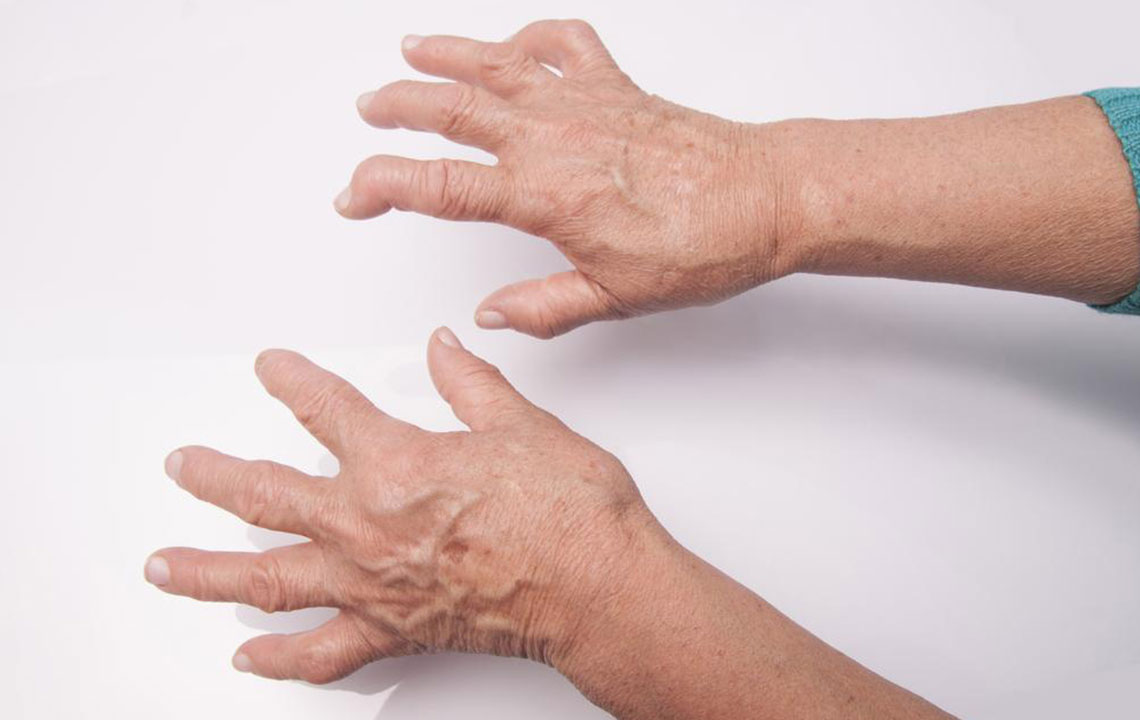Advanced Strategies for Managing Rheumatoid Arthritis
Discover comprehensive strategies to manage rheumatoid arthritis effectively. This article covers medication options like NSAIDs, DMARDs, biologics, and physical therapy, emphasizing early detection and personalized treatment plans to reduce symptoms and prevent joint damage. Learn how combining drugs with physiotherapy can help maintain mobility and improve quality of life for those living with RA.

Effective Approaches to Rheumatoid Arthritis Management
Rheumatoid arthritis (RA) is a debilitating condition that can cause irreversible joint damage. To prevent such outcomes, healthcare providers develop personalized treatment plans, often combining medication with physical therapy to control symptoms and slow progression.
Understanding Rheumatoid Arthritis
RA is an autoimmune disorder where the immune system mistakenly attacks joint linings known as synovium. This tissue normally protects joints and produces fluids that facilitate smooth movement.
When RA targets the synovium, it leads to inflammation, tissue damage, and can eventually harm cartilage and bones if untreated. Early detection and intervention are critical to manage the disease effectively. Currently, there is no cure, but various treatments can reduce symptoms and prolong remission.
Management of RA involves alleviating pain, reducing inflammation, decelerating joint damage, and maintaining quality of life. Treatment typically begins with pain relievers and anti-inflammatory agents, progressing to disease-modifying drugs that control disease activity and help sustain long-term remission.
Pain Relievers and NSAIDs
Initial therapy may include over-the-counter NSAIDs like ibuprofen or stronger prescription options to manage swelling and pain. For individuals at risk of stomach ulcers, COX-2 inhibitors are a safer alternative.
Corticosteroids
Medications such as prednisone provide quick symptom relief but are used temporarily due to potential side effects. They serve as interim relief until other drugs become effective.
DMARDs
Doctors often prescribe Disease-Modifying Anti-Rheumatic Drugs like methotrexate, leflunomide, or azathioprine to slow disease progression by targeting immune responses and inflammation signals, thus protecting joints from extensive damage.
Biologic Therapies
Biologics, including abatacept and anakinra, are specialized DMARDs that precisely target immune components responsible for inflammation, minimizing broad immune suppression and side effects.
JAK Inhibitors
These drugs inhibit Janus kinase enzymes, disrupting pathways that lead to inflammation, thereby helping control disease activity.
Customized Treatment Plans
While these treatments effectively reduce pain and slow joint destruction, potential side effects require careful monitoring. Doctors assess each patient's health history to tailor therapies and adjust dosages as needed.
Role of Physical Therapy
Complementing medication, physiotherapists recommend exercises and therapies to ease inflammation, maintain joint flexibility, and strengthen muscles. Stretching routines, aquatic exercises, and adaptive tools can improve daily functioning and comfort.
Adjustments in daily activities and supportive devices can also help manage symptoms. Supportive footwear, ergonomic tools, and mobility aids are often suggested to improve quality of life.
Rheumatoid arthritis is a long-term condition that can lead to joint deformity and mobility issues. A combined approach of medication and physiotherapy can significantly reduce symptoms and preserve function, enabling patients to lead active, fulfilling lives.
Implementing effective treatment strategies is vital in managing RA, minimizing discomfort, and preventing severe joint damage.










